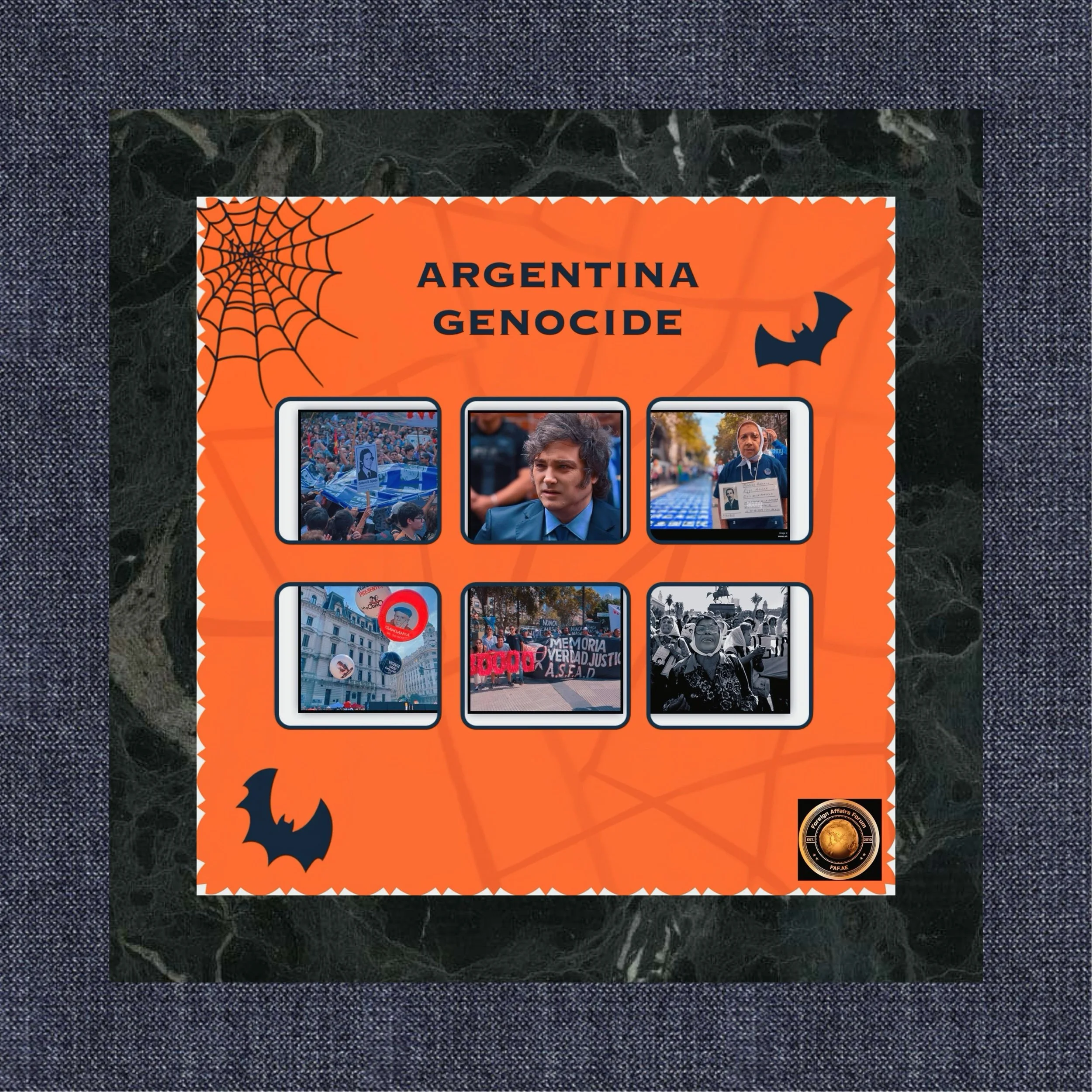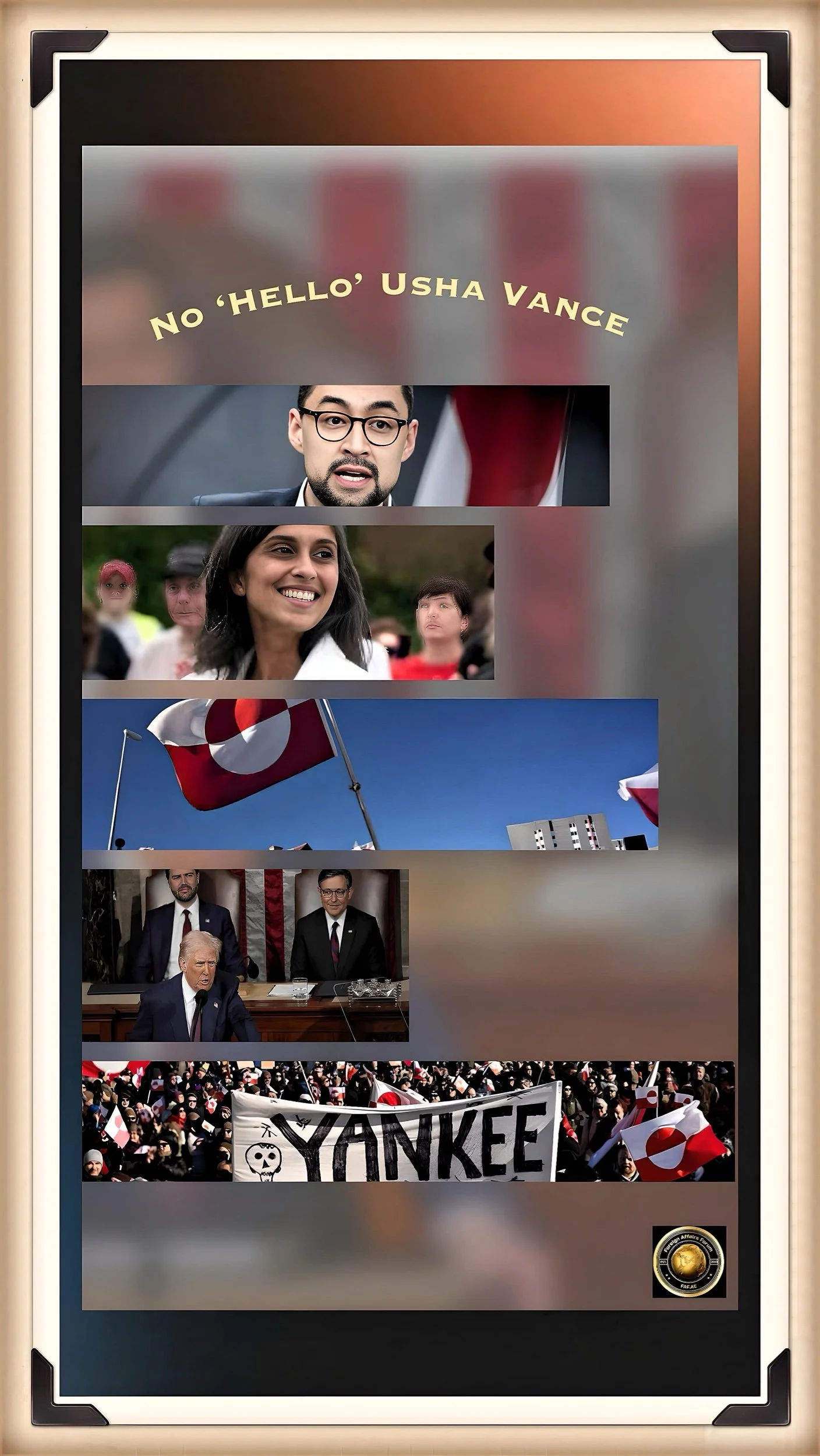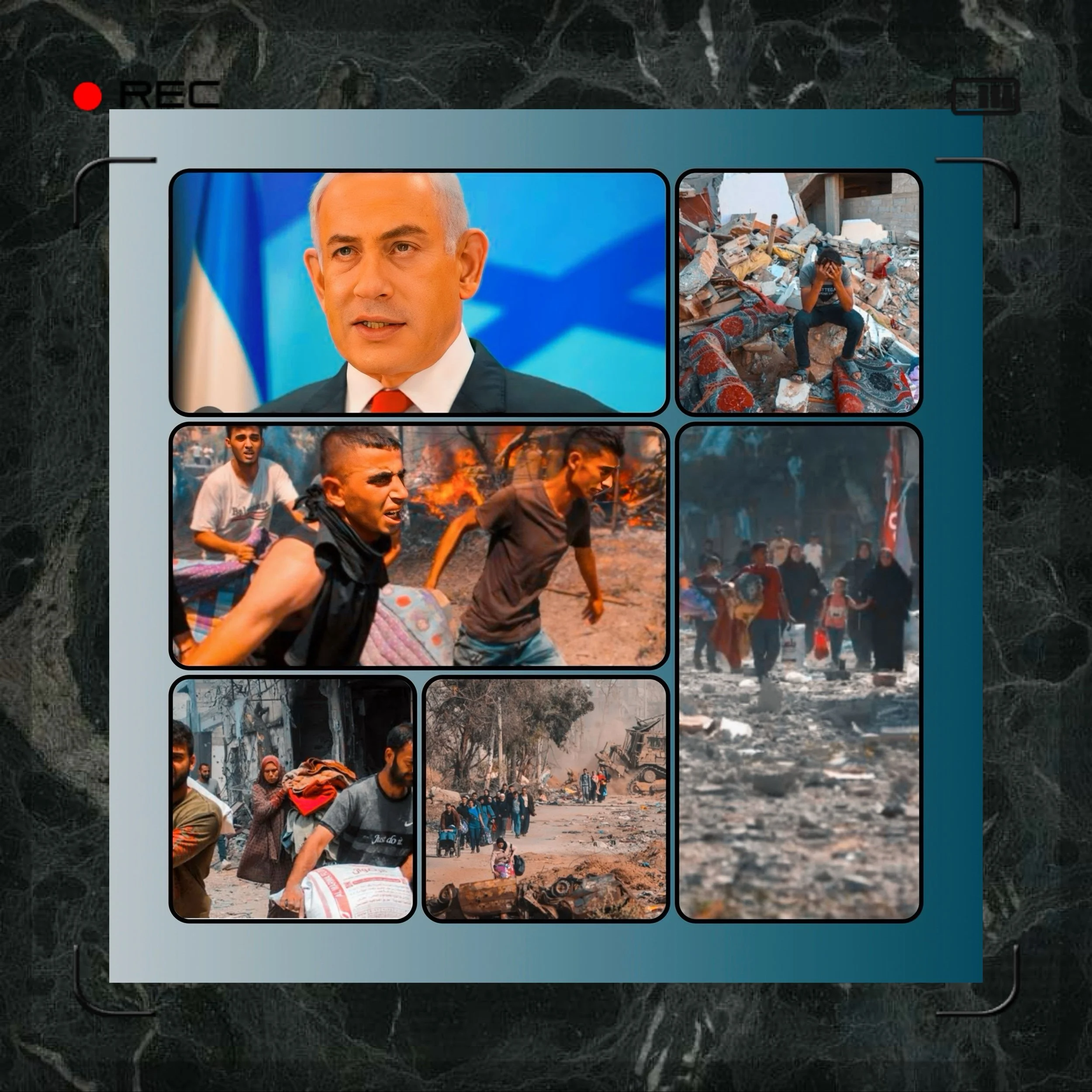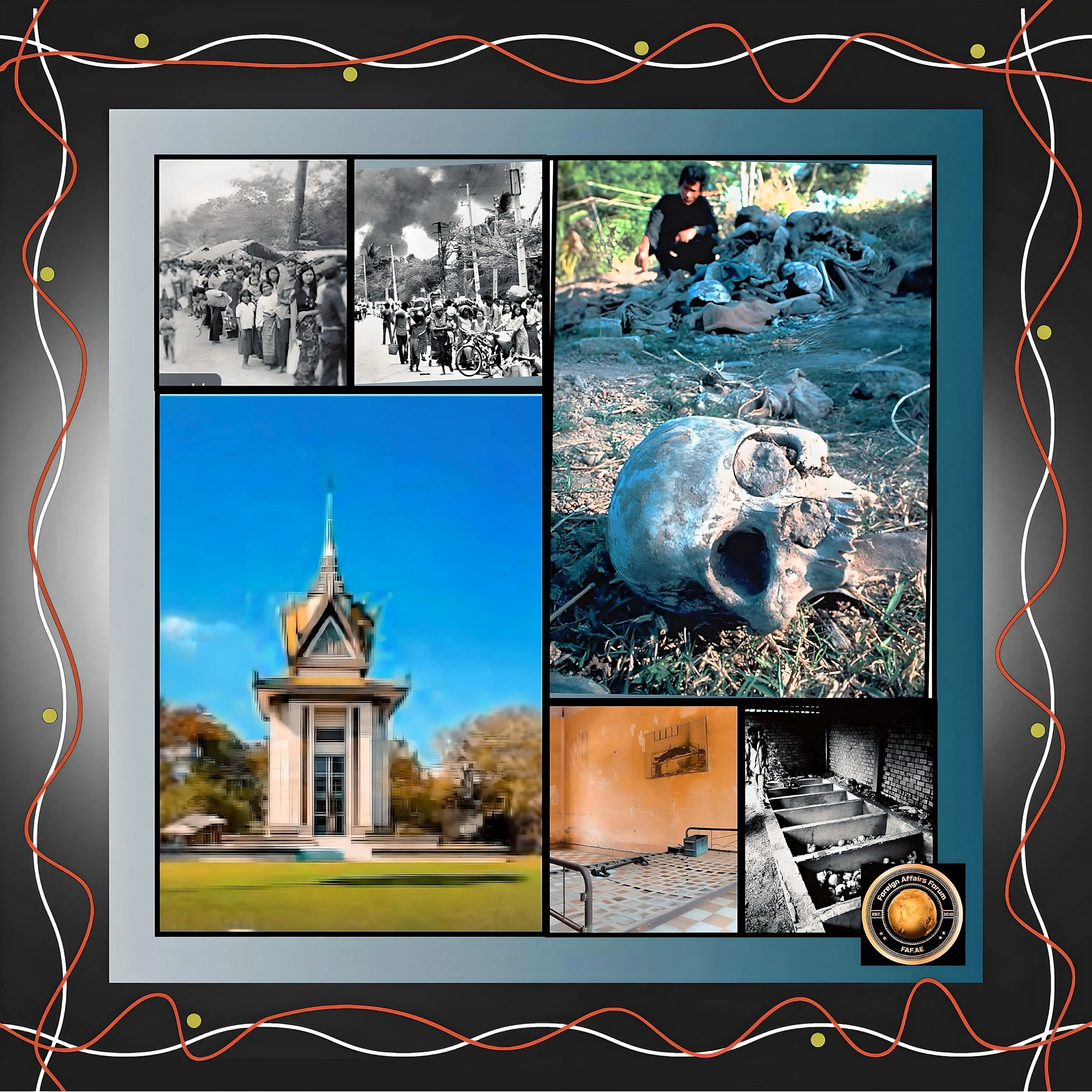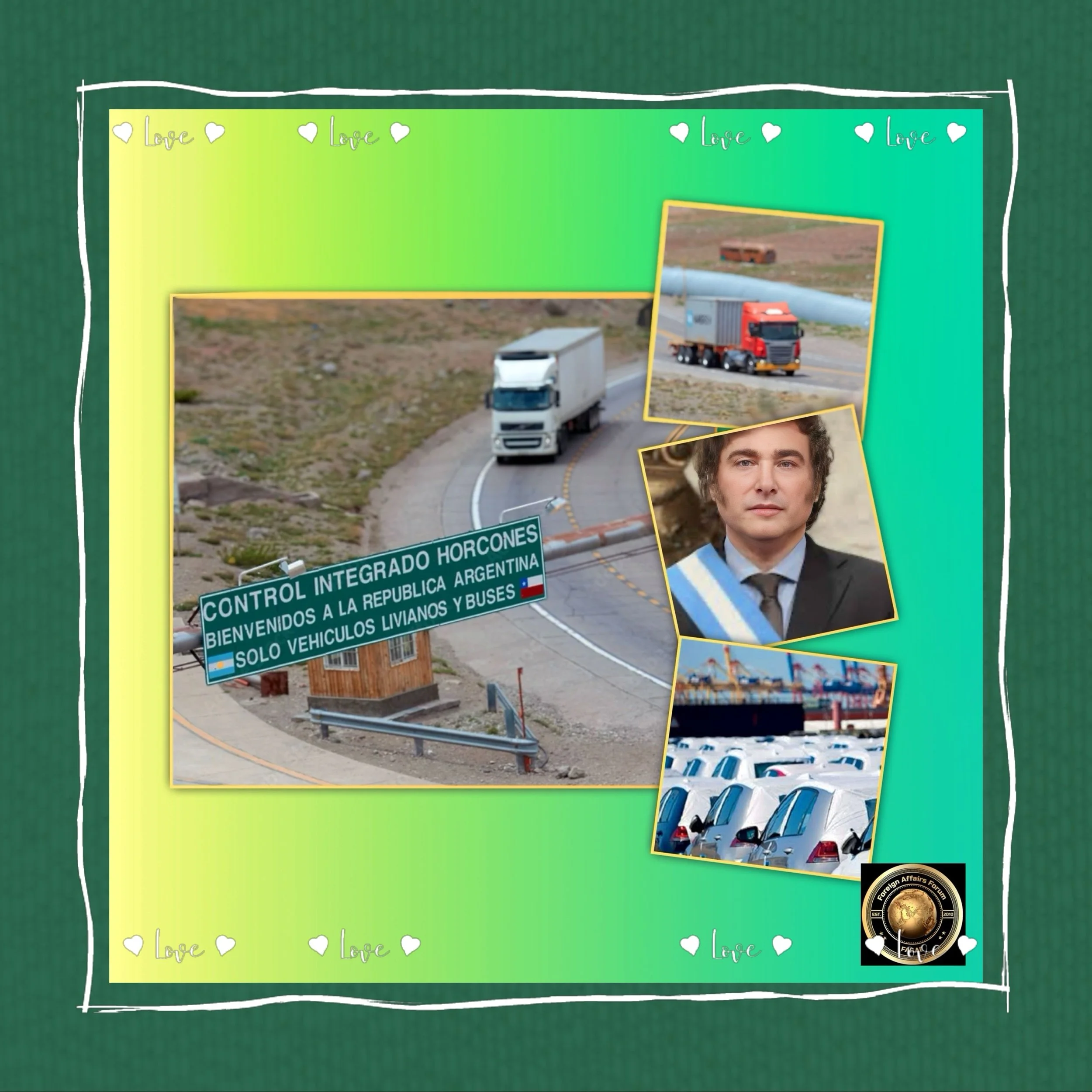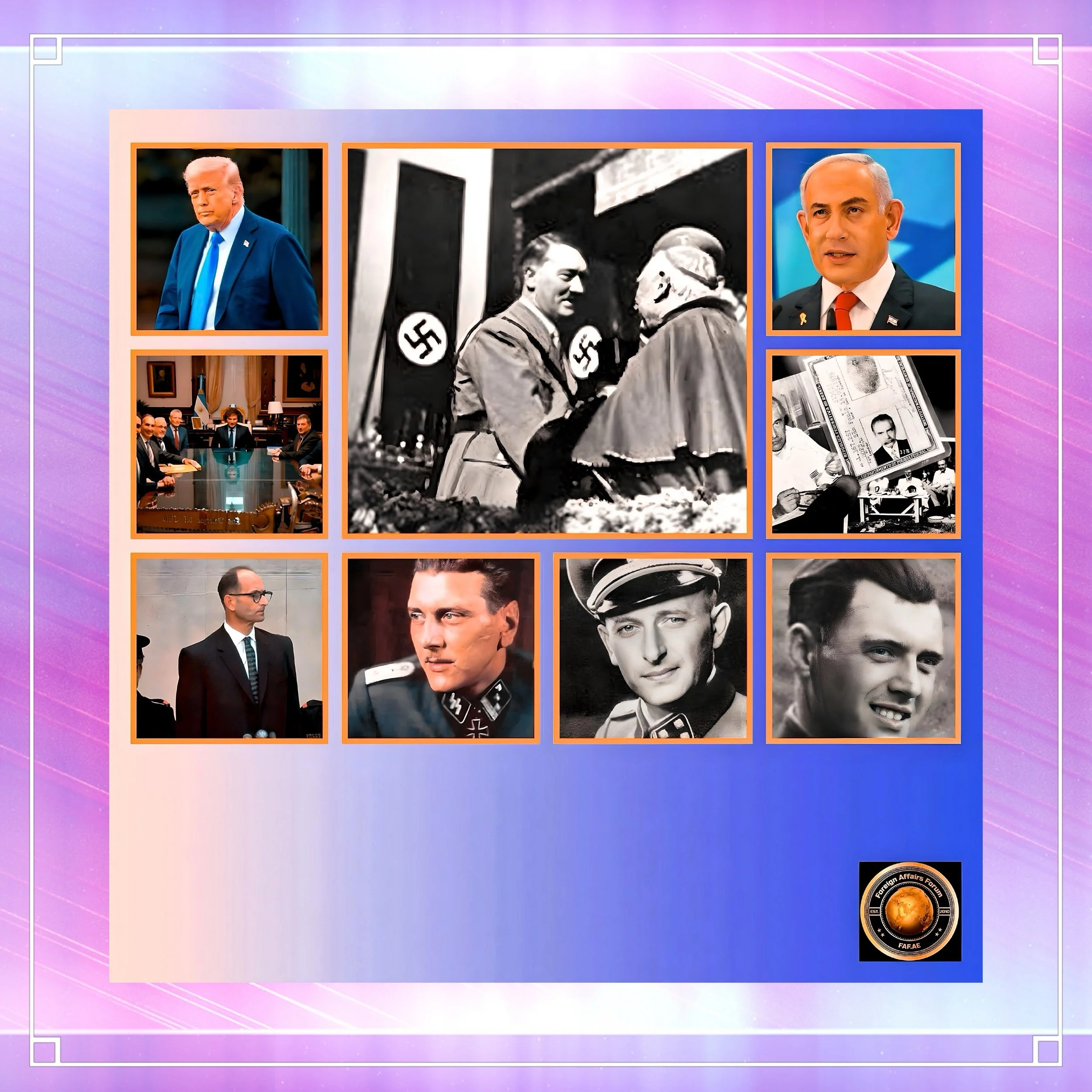Javier Milei’s Campaign to Erase Argentina’s Genocidal Past
Introduction
Argentina’s new president, Javier Milei, has sparked controversy by actively dismantling the country’s memory policies that commemorate victims of state terrorism. His administration has been characterized by denialism of the scale of atrocities committed during Argentina’s military dictatorship and Indigenous genocide. This report examines Argentina’s history of genocide, its impacts, and why Milei’s government appears determined to make the nation forget its violent past.
Argentina’s Twin Genocides: Indigenous Peoples and the “Dirty War”
The Foundation of Argentina Through Indigenous Genocide
Argentina’s national identity was forged through the systematic elimination of its indigenous populations.
Colonial Spain initially forced indigenous peoples off their lands to make way for settlers, but after independence in 1816, successive governments continued and intensified this forced displacement.
The most notorious campaign, known as the “Conquest of the Desert,” was conducted in the 1870s under President Julio Argentino Roca, who systematically subjugated and enslaved the Mapuche people living in the Pampas region.
The genocidal process employed multiple mechanisms beyond direct killing, including concentration practices, deportation, enslavement, identity cleansing of children, and cultural destruction.
As General Roca boasted, “Not a single Indian crosses the Pampas where many tribes used to live.”
The military campaigns of 1878-1885 ended indigenous political autonomy and aimed to replace native populations with European settlers.
The late 19th century also saw the systematic extermination of the Ona, Yaghan, and Haush peoples during the Tierra del Fuego Gold Rush, in what became known as the Selk’nam Genocide.
Even into the 20th century, massacres continued, as demonstrated by the Napalpí Massacre of July 19, 1924, where Qom and Moqoit indigenous communities were attacked as part of a systemic plan to eliminate and suppress indigenous presence.
The Military Dictatorship and the “Dirty War”
Argentina’s second major genocide occurred during the military dictatorship that ruled from 1976 to 1983. Following a coup on March 24, 1976, the military junta initiated a brutal campaign known as the “Dirty War” to eliminate left-wing activists and political opponents.
This period saw the “disappearance” of an estimated 30,000 citizens, with victims subjected to torture in concentration camps before being murdered.
The junta’s horrific tactics included transferring stolen babies to military families and conducting “Death Flights,” where dissidents were drugged and dropped alive into the sea.
These actions constitute what many human rights organizations and survivors have termed a genocide against Argentine citizens.
The Impact of Genocide on Argentine Society
Legacy of Indigenous Erasure
The genocidal campaigns against indigenous peoples fundamentally shaped Argentine national identity.
The nation was constructed as a European “melting pot” in which the indigenous component was deliberately erased. This erasure has had profound and lasting consequences, including the marginalization of surviving Indigenous communities and the denial of their land and cultural rights.
For nearly a century, indigenous massacres like Napalpí were not investigated or acknowledged by the state, creating generations of silence and unresolved trauma.
Only recently has Argentina begun to reckon with this aspect of its history, as exemplified by the 2022 federal court ruling that finally recognized the Napalpí Massacre as a crime against humanity 97 years after the event.
Intergenerational Trauma of the Dirty War
The military dictatorship’s campaign of terror created deep wounds in Argentine society that continue to affect families today.
Thousands of children grew up without parents who were “disappeared,” while others were raised by the very military families responsible for murdering their biological parents.
Survivors like Alicia Partnoy endured months of torture in concentration camps before eventually escaping Argentina as refugees.
The trauma extends to subsequent generations, as expressed by Agustin Cetrangolo, whose parents were kidnapped and tortured during the dictatorship: “It brings you the worst nightmares.”
The Fight for Memory, Truth, and Justice
Following the return to democracy in 1983, Argentina established itself as a pioneer in transitional justice.
A truth and reconciliation commission published the shocking Nunca Más report that documented over 8,000 disappearances and uncovered more than 300 detention centers.
March 24 was declared an official day of remembrance, and hundreds of thousands of Argentines take to the streets annually under the banner of “Memory, Truth, Justice.”
Human rights organizations, particularly the Mothers and Grandmothers of the Plaza de Mayo, became potent symbols of the ongoing struggle for accountability.
Through their efforts, Argentina developed comprehensive memory policies to commemorate victims and bring perpetrators to justice.
Milei’s Campaign to Erase the Past
Denialism as Official Policy
Since taking office, Javier Milei has rapidly transformed what was once dismissed as outlandish statements into official state policy. During his presidential campaign, Milei explicitly denied the scale of the dictatorship’s crimes, stating: “It was not 30,000 people who disappeared, but 8,753”.
He has consistently framed the Dirty War not as state terrorism but as a “war” in which “state forces carried out excesses.”
This revisionist stance has alarmed human rights organizations.
As Taty Almeida, a Mother of Plaza de Mayo, lamented: “We never thought we would have to prove there was a genocide in Argentina all over again.”
Dismantling Memory Infrastructure
Milei’s government has systematically dismantled key institutions dedicated to memory.
According to the Center for Legal and Social Studies (CELS), this has been accomplished by firing experts, failing to appoint directors, temporarily suspending reparations payments to victims, and closing special teams created to investigate dictatorship-era crimes.
These actions are compounded by broader budget cuts affecting the national memory policy framework.
According to human rights advocates, this represents not merely financial austerity but a deliberate attempt to suppress historical memory.
Concerning Connections to the Dictatorship
Milei and his Vice President, Victoria Villarruel, have troubling connections to the military dictatorship.
Milei previously served as an adviser to General Antonio Domingo Bussi, who led one of the bloodiest illegal operations during the Dirty War and was later sentenced to life imprisonment for crimes against humanity.
Villarruel is the daughter of an army officer who participated in the same military operation and is a member of organizations calling for the release of former military officers charged with crimes against humanity.
Critics fear that their rise to power could even signal a return to authoritarian rule, with survivor Alicia Partnoy stating that Villarruel’s “convictions are the same convictions that produced the genocide in Argentina.”
Why Milei Wants Argentina to Forget
Ideological Alignment with Perpetrators
Milei’s far-right libertarian politics align with aspects of the military dictatorship’s anti-leftist stance.
His administration has been characterized as sympathetic to the dictatorship’s actions, framing them as necessary in a “war” against leftist subversion. By promoting historical revisionism, Milei creates space for a narrative that diminishes the culpability of right-wing forces in Argentina’s violent past.
Facilitating His Broader Political Agenda
The dismantling of memory policies aligns with Milei’s broader economic and political vision. Symbolized by his chainsaw (which he recently gifted to Elon Musk), Milei has slashed government programs and spending across the board.
Memory policies require state funding and institutions, which contradict his small-government libertarian ideology.
Additionally, by challenging the established narrative of Argentina’s past, Milei positions himself as a figure breaking with what he characterizes as left-wing orthodoxy.
This helps solidify his support base among those who already question or resent memory policies.
Strengthening Military Relations
Building relations with the military by diminishing historical criticism of their actions appears part of Milei’s political strategy.
Villarruel has pushed for significant increases to the military budget and called to abolish the memorial and museum at the Argentine Naval Petty Officers School, a former torture site.
These actions suggest an attempt to curry favor with military institutions by revising their murderous history.
Conclusion
Javier Milei’s campaign to make Argentina forget its genocidal past represents a dangerous backsliding in the nation’s decades-long struggle for memory, truth, and justice.
His denial of both indigenous genocide and the atrocities of the military dictatorship threatens to erase the painful lessons of history and invalidate the suffering of countless victims and their families.
The dismantling of memory policies is not merely a budgetary concern but a deliberate strategy aligned with Milei’s ideological positions and political alliances.
As survivors and human rights organizations have warned, this approach risks reopening deep wounds in Argentine society and potentially enabling future abuses.
As one survivor poignantly stated, Argentina now faces the unthinkable task of having to “prove there was a genocide all over again.”
The struggle between remembering and forgetting shapes Argentina’s national identity and path forward.

